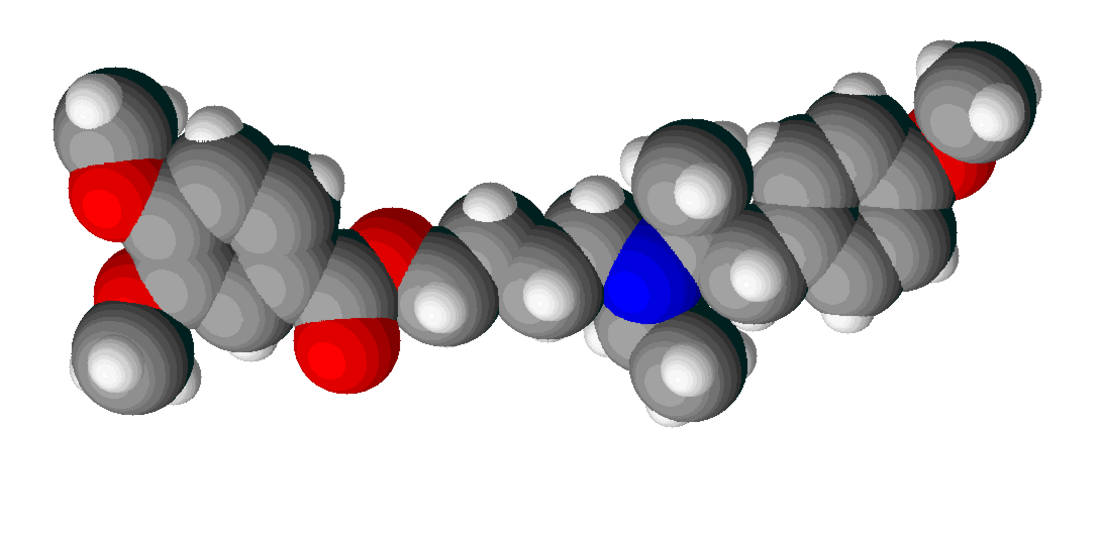Top Qs
Timeline
Chat
Perspective
Mebeverine
Chemical compound From Wikipedia, the free encyclopedia
Remove ads
Mebeverine is a drug used to alleviate some of the symptoms of irritable bowel syndrome. It works by relaxing the muscles in and around the gut.[1]
Remove ads
Medical use
Mebeverine is used to alleviate some of the symptoms of irritable bowel syndrome (IBS) and related conditions; specifically stomach pain and cramps, persistent diarrhoea, and flatulence.[2]
Historically data from controlled clinical trials have not found a difference from placebo or statistically significant results in the global improvement of IBS.[3][4] However, more recent systematic reviews found Mebeverine is an effective treatment option in IBS, with a good safety profile and low frequency of adverse effects.[5]
It has not been tested in pregnant women nor in pregnant animals so pregnant women should not take it; it is expressed at low levels in breast milk, while no adverse effects have been reported in infants, breastfeeding women should not take this drug.[1]
Remove ads
Adverse effects
Adverse effects include hypersensitivity reactions and allergic reactions, immune system disorders, skin disorders including hives, oedema and widespread rashes.[2]
Additionally, the following adverse effects have been reported: heartburn, indigestion, tiredness, diarrhoea, constipation, loss of appetite, general malaise, dizziness, insomnia, headache, and decreased pulse rate.[1]
It does not have systemic anticholinergic side effects.[2]
Mebeverine can, on highly rare occasions, cause drug-induced acute angle closure glaucoma.[6]
In a urine drug-screening test, mebeverine can affect a false positive result for amphetamines.[7]
Remove ads
Mechanism of action
Mebeverine is an anticholinergic but its mechanism of action is not known; it appears to work directly on smooth muscle within the gastrointestinal tract and may have an anaesthetic effect, may affect calcium channels, and may affect muscarinic receptors.[2]
It is metabolized mostly by esterases, and almost completely. The metabolites are excreted in urine.[2]
Mebeverine exists in two enantiomeric forms. The commercially available product is a racemic mixture of them. A study in rats indicates that the two have different pharmacokinetic profiles.[8]
History
It is a second generation papaverine analog, and was first synthesized around the same time as verapamil.[9]
It was first registered in 1965.[10]
Availability
Mebeverine is a generic drug and is available internationally under many brand names, such as Duspatalin as sold by Abbott or Mave and Mave SR by Opsonin Pharma.[11]
References
Wikiwand - on
Seamless Wikipedia browsing. On steroids.
Remove ads


